Understanding Whitening Toothpaste
Whitening toothpaste has become a staple in many people’s oral hygiene routines, promising a brighter and more confident smile. But with the vast array of options available, how do you choose the best one for your needs? Understanding the science behind these products and the different ingredients can empower you to make an informed decision. This guide provides you with the knowledge to navigate the market and select a whitening toothpaste that effectively enhances your smile while prioritizing your oral health. Whitening toothpaste is designed to remove surface stains from your teeth. These stains can be caused by various factors, including coffee, tea, red wine, and tobacco. By gently removing these stains, whitening toothpaste can make your teeth appear several shades brighter.
The Science Behind Whitening Toothpaste
The effectiveness of whitening toothpaste hinges on its ability to remove surface stains through abrasive action and/or chemical reactions. Abrasive particles, such as hydrated silica, gently scrub away stains from the enamel surface. Chemical agents, such as hydrogen peroxide, work by oxidizing the stain molecules, breaking them down and making them less visible. The degree of whitening achievable varies depending on the type of toothpaste, the concentration of active ingredients, and the individual’s oral hygiene habits. It’s crucial to understand that whitening toothpaste primarily targets surface stains and is not a substitute for professional teeth whitening treatments for more significant discoloration. Regular use, combined with proper brushing and flossing, can help maintain a brighter smile.
Types of Whitening Agents
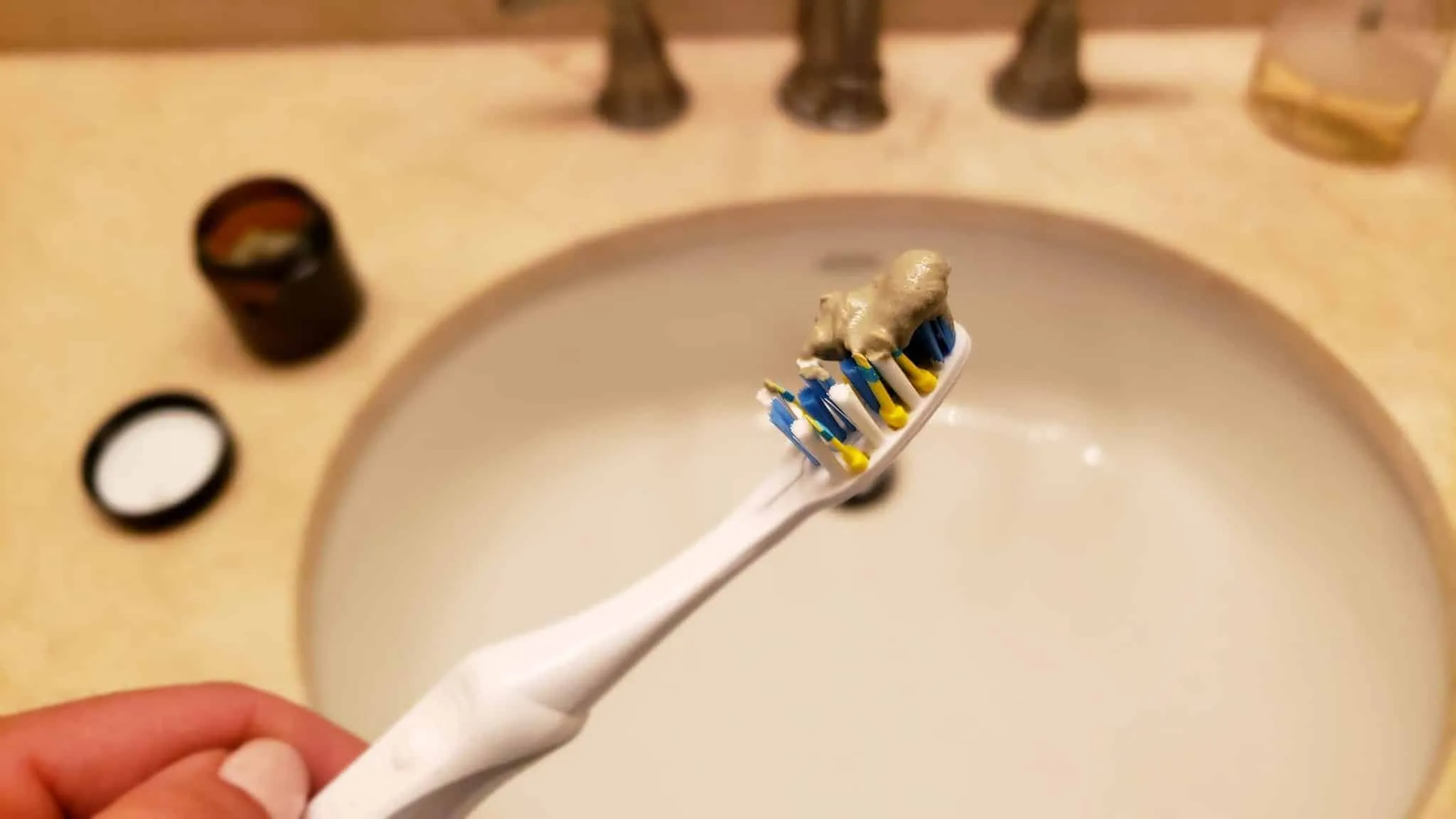
Whitening toothpastes utilize various agents to achieve their brightening effects. A common ingredient is hydrated silica, a mild abrasive that polishes the teeth’s surface, removing stains without significantly affecting the enamel. Hydrogen peroxide, a bleaching agent, is another key component, oxidizing stain molecules for a whitening effect. Some toothpastes incorporate sodium bicarbonate (baking soda), which also acts as a mild abrasive and can help neutralize acids in the mouth. Certain toothpastes may contain enzymes, such as papain or bromelain, which break down proteins in stains. The concentration and combination of these ingredients vary depending on the product, impacting its effectiveness and potential side effects. When selecting a toothpaste, it’s useful to review the ingredient list to understand the specific whitening agents used.
Choosing the Right Whitening Toothpaste
Selecting the right whitening toothpaste involves careful consideration of your individual needs, oral health, and preferences. There is no one-size-fits-all solution; the best choice depends on your specific situation. Before making a purchase, it’s important to assess your current oral health conditions and understand how different ingredients and formulations may affect your teeth and gums. Also, consider the lifestyle habits that contribute to staining. This includes your daily consumption of coffee, tea, and other staining foods. Also, consider your commitment to a consistent oral hygiene routine. This ensures that you select a toothpaste that fits seamlessly into your everyday practices. Evaluate the pros and cons of each product and ingredient before deciding.
Identify Your Needs
Before choosing a whitening toothpaste, assess your goals. Are you looking for a subtle enhancement or significant whitening? Your desired outcome will influence your choice. Consider the level of staining you have. Surface stains from coffee or tea respond well to whitening toothpaste. Deeper stains might require professional treatments. Determine your budget. Whitening toothpastes vary widely in price. Set a budget to narrow your options. Consider your sensitivity. Do you have sensitive teeth or gums? If so, choose a toothpaste with a lower concentration of whitening agents or one formulated for sensitive teeth.
Consider Your Oral Health
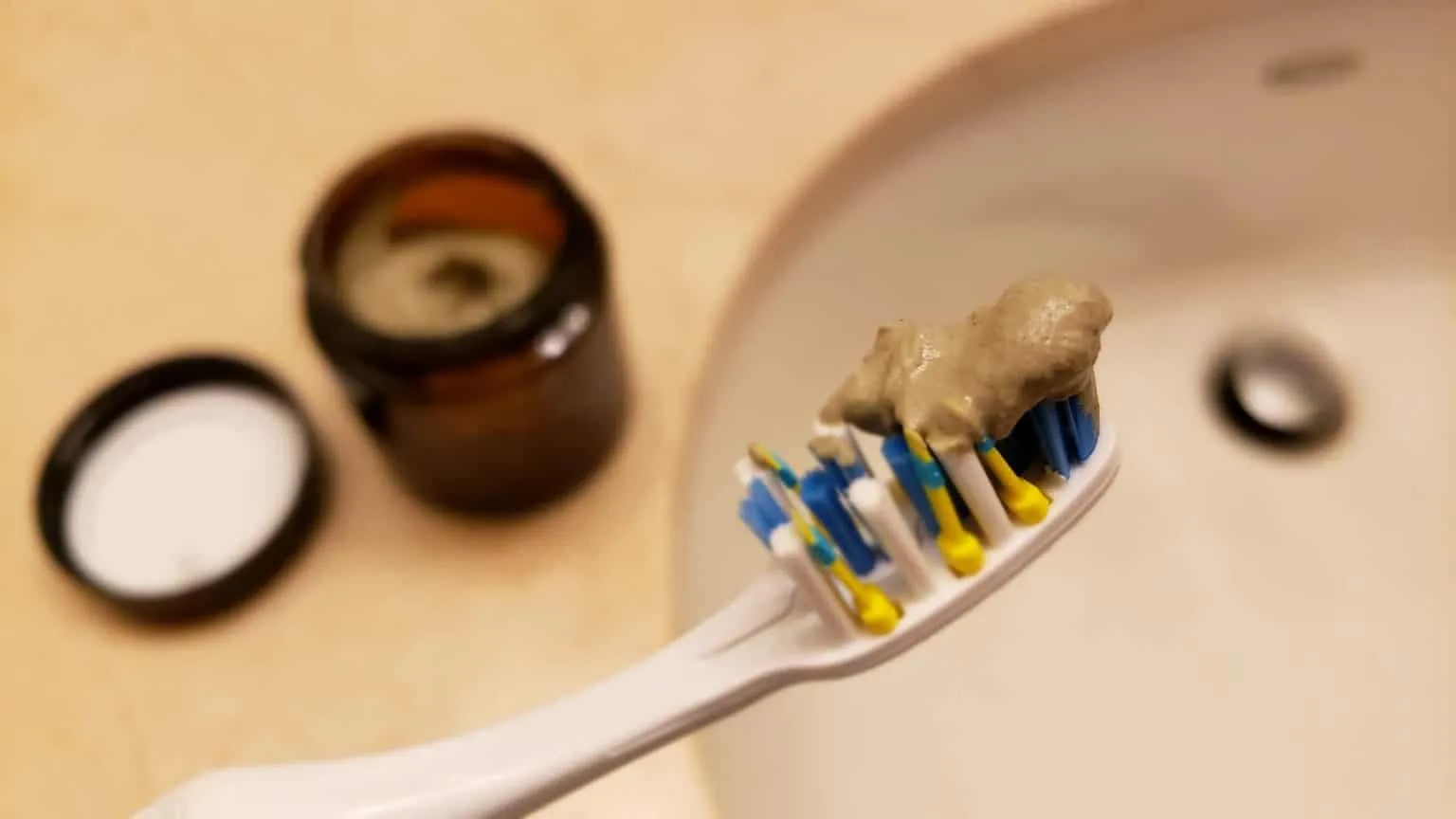
Your oral health status is crucial when choosing a whitening toothpaste. If you have sensitive teeth, look for toothpastes with desensitizing agents like potassium nitrate. These help reduce sensitivity by blocking pain signals to the nerves in your teeth. Those with gum disease or other oral health issues should consult a dentist before using any whitening toothpaste. Some ingredients, such as strong abrasives, can potentially irritate sensitive gums. If you have existing dental work, such as fillings or crowns, be aware that whitening toothpaste will not change the color of these restorations. This is important if you want a uniform smile.
Evaluate the Ingredients
Carefully examine the ingredients list on any whitening toothpaste you’re considering. Pay close attention to the active whitening agents and abrasive particles. Hydrated silica is a common abrasive that effectively removes surface stains. Hydrogen peroxide is a powerful bleaching agent that can whiten teeth. Sodium bicarbonate, or baking soda, is another ingredient that can assist in stain removal. Choose products that are certified by reputable dental associations like the American Dental Association (ADA). This certification indicates the product has undergone rigorous testing and is safe and effective. Consider the presence of other ingredients. Some toothpastes include fluoride for cavity protection, while others may contain ingredients to freshen breath or protect against gum disease.
Understanding Different Whitening Toothpaste Ingredients
The effectiveness of whitening toothpaste comes from its active ingredients. Hydrated silica gently removes stains. Hydrogen peroxide acts as a bleaching agent, oxidizing stains for a brighter appearance. Sodium bicarbonate, or baking soda, offers mild abrasive and acid-neutralizing properties. These ingredients work in tandem to deliver a cleaner, whiter smile. It’s important to understand how each ingredient contributes to the overall whitening effect. Some toothpastes combine these ingredients with additional components. These may include fluoride for cavity protection and desensitizing agents for sensitive teeth.
Hydrogen Peroxide
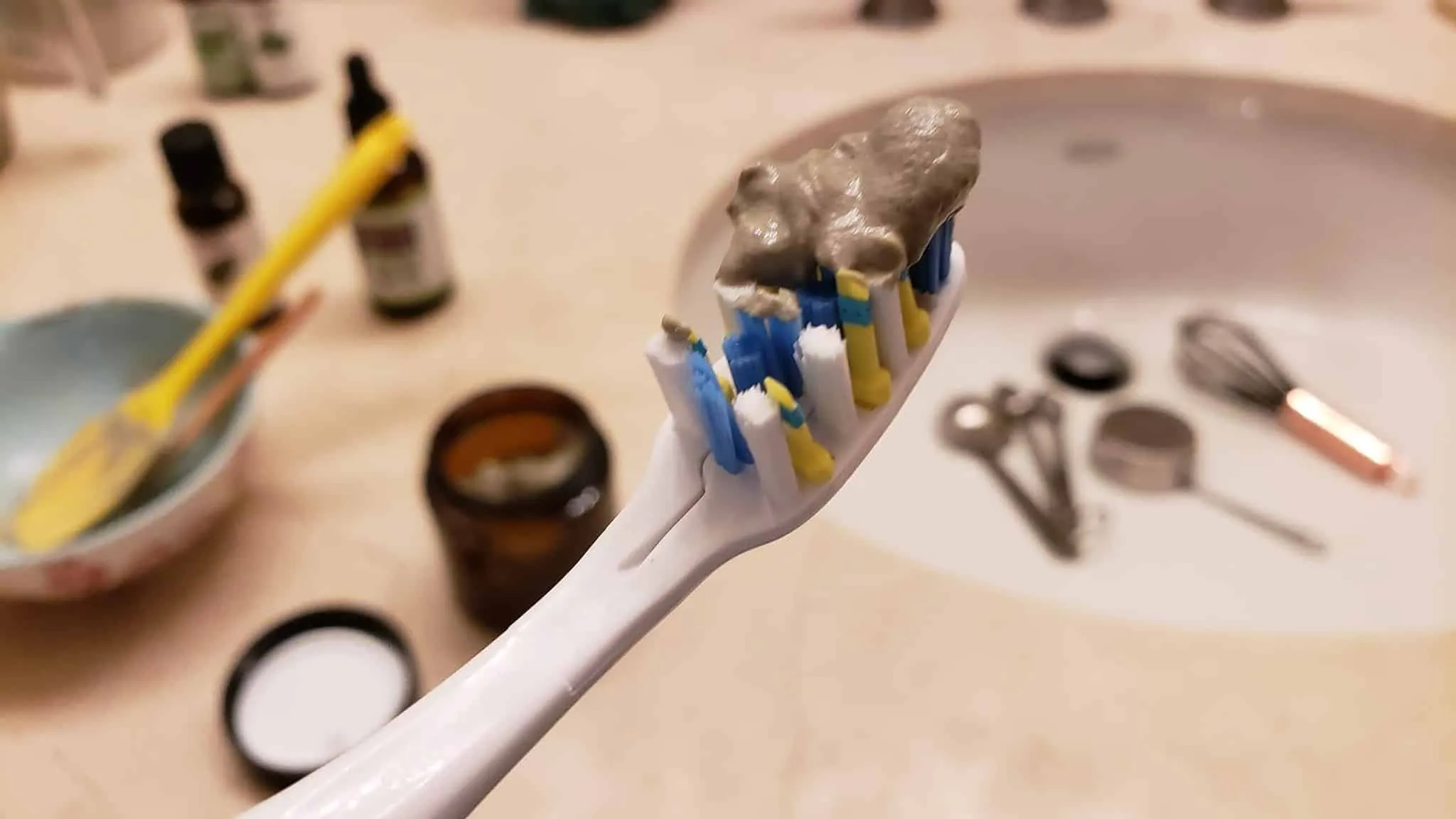
Hydrogen peroxide is a key bleaching agent in many whitening toothpastes. It works by penetrating the enamel and oxidizing the stain molecules. This process breaks them down and makes them less visible. The concentration of hydrogen peroxide in whitening toothpastes is typically lower than in professional treatments, making them safer for everyday use. However, even low concentrations can lead to sensitivity. When choosing a toothpaste, consider the concentration of hydrogen peroxide and your sensitivity levels. Always follow the usage instructions to minimize potential side effects. If you experience increased sensitivity, discontinue use and consult your dentist.
Sodium Bicarbonate (Baking Soda)
Sodium bicarbonate, commonly known as baking soda, is a mild abrasive used in whitening toothpastes. It helps remove surface stains by gently scrubbing away debris and discoloration. It also has acid-neutralizing properties, which can help create a healthier oral environment. Baking soda is considered a safe ingredient. However, excessive use of highly abrasive toothpastes can potentially damage the enamel. Baking soda-based toothpastes are often preferred by those seeking a natural approach to whitening. Make sure you use the correct amount and brush gently.
Choosing Between Different Formulations
Whitening toothpastes are available in different formulations, each with its own advantages. Abrasive toothpastes typically use silica or other gentle abrasives to physically remove stains. These are generally effective for surface stains but may not deliver substantial whitening. Toothpastes containing hydrogen peroxide or other bleaching agents offer a more significant whitening effect by oxidizing stain molecules. Some toothpastes contain additional ingredients like fluoride for cavity protection. Others may feature desensitizing agents to address sensitivity issues. Consider your goals, oral health, and sensitivity levels when choosing between these formulations. You may need to try a few different products before finding the one that best suits your needs.
Toothpaste vs Gel
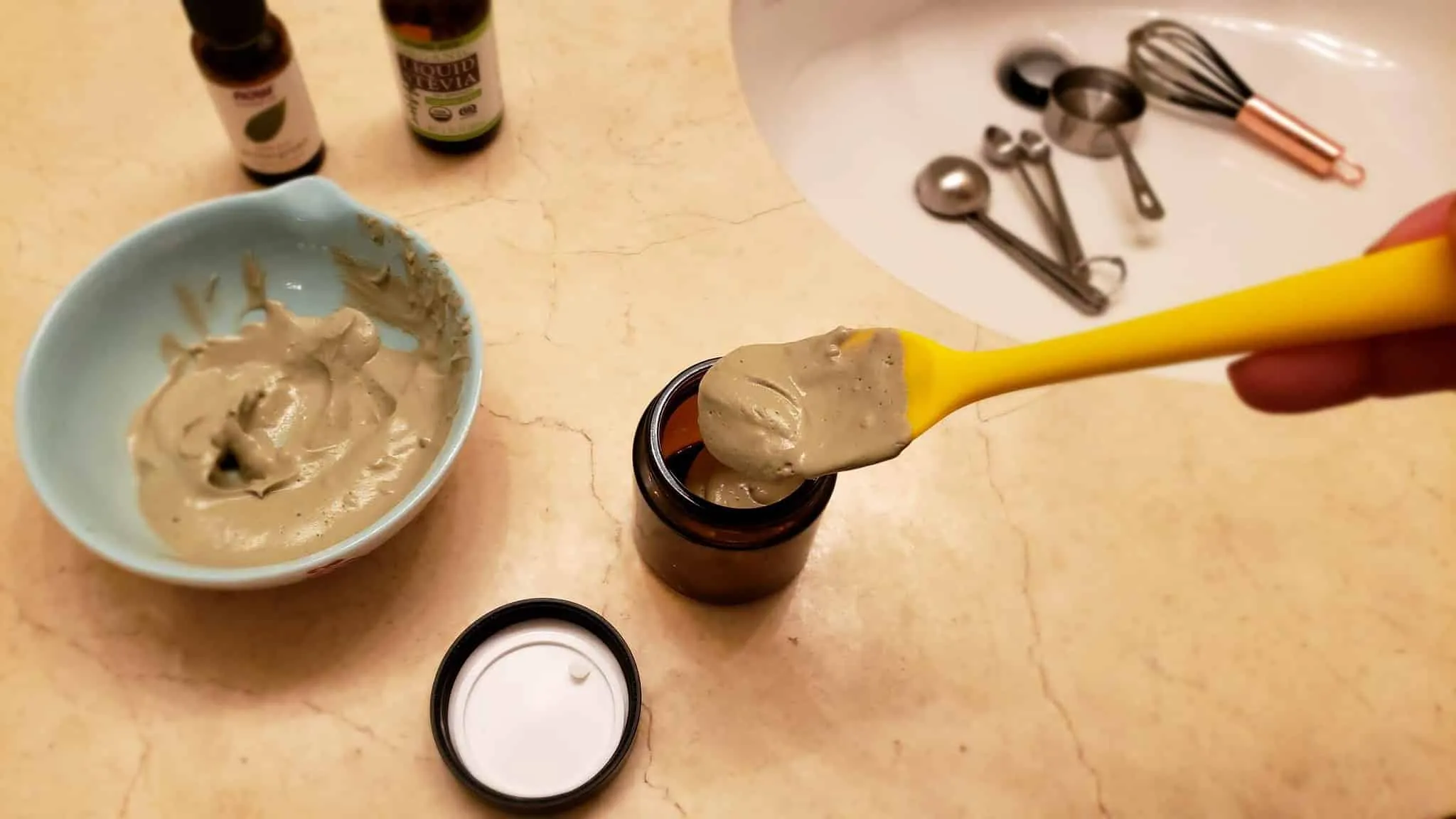
Whitening toothpastes are commonly available in both toothpaste and gel forms. Toothpaste formulations typically combine cleaning agents, abrasives, and active whitening ingredients. The creamy texture helps to distribute the ingredients evenly. Gels often have a higher concentration of active whitening ingredients. They are designed to provide a more concentrated whitening experience. The choice between toothpaste and gel often comes down to personal preference and the specific formulation. Those looking for a more intense whitening experience may prefer a gel, while others might find toothpaste easier to use. Regardless of the form, consistency in brushing habits is essential.
Whitening Toothpaste Effectiveness
The effectiveness of whitening toothpaste varies. It depends on a multitude of factors, including the ingredients used, your oral hygiene habits, and lifestyle choices. While some toothpastes can provide noticeable results, others may offer only a subtle improvement. Consistent use over several weeks is usually needed to observe any changes. Understanding the factors influencing whitening results can help you manage your expectations and make informed choices about your oral care routine. Whitening toothpaste is best suited for removing surface stains caused by common food and drinks.
Factors Influencing Whitening Results
Several factors influence the effectiveness of whitening toothpaste. The concentration and type of whitening agents play a significant role. Toothpastes with higher concentrations of hydrogen peroxide or more abrasive particles tend to produce more noticeable results. The duration of use is another factor. Consistent use over several weeks is generally required to see a difference. The presence and severity of stains influence the outcome. Whitening toothpaste is most effective on surface stains. Dietary habits, such as frequent consumption of staining foods and drinks like coffee, tea, and red wine, can also affect the results. The more you consume these beverages, the harder it will be to notice a big difference.
Proper Brushing Techniques
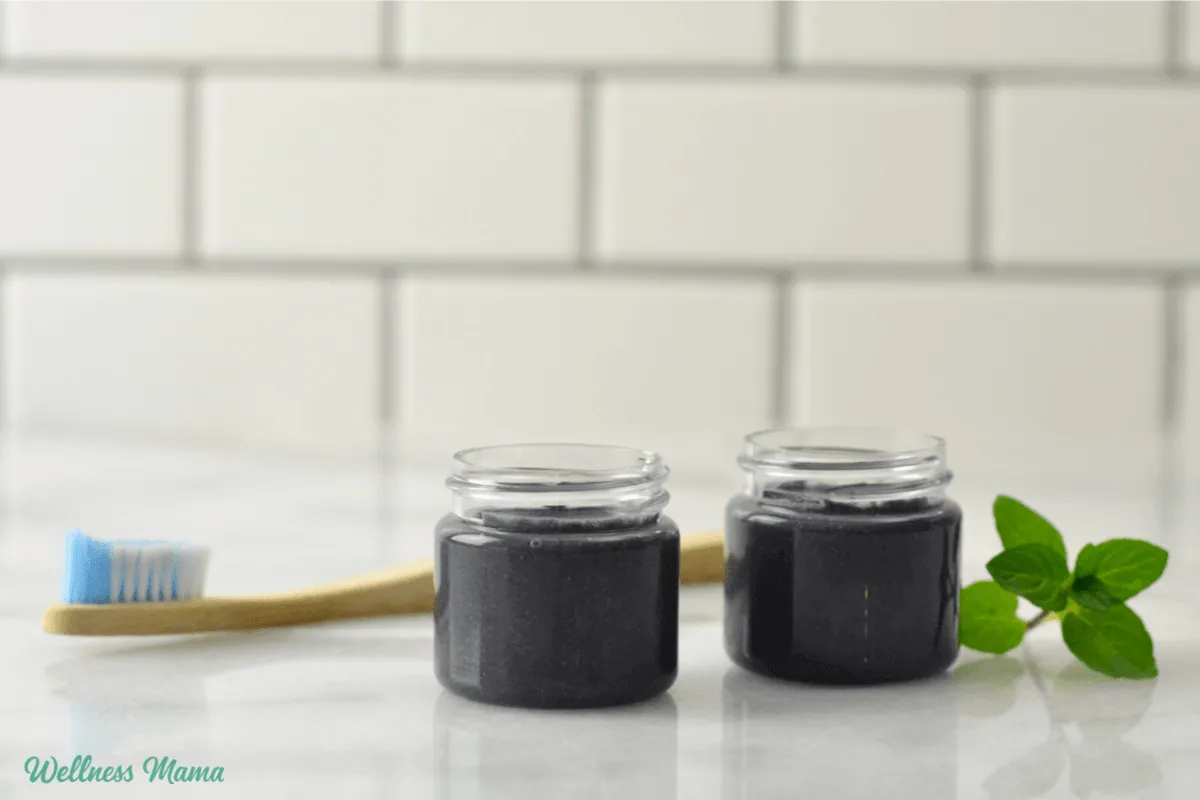
Proper brushing techniques are crucial for maximizing the benefits of whitening toothpaste. Brush your teeth for a full two minutes, ensuring you cover all surfaces of your teeth. Use a soft-bristled toothbrush to avoid damaging your enamel. Apply gentle, circular motions. Avoid excessive pressure, as this can lead to gum recession and tooth sensitivity. Focus on brushing all the surfaces of your teeth, including the front, back, and chewing surfaces. Consider using a timer or a toothbrush with a built-in timer to ensure you brush for the recommended duration. Incorporate flossing into your routine to remove plaque and debris from between your teeth. This helps your whitening toothpaste work more effectively.
Diet and Lifestyle
Your diet and lifestyle significantly impact the effectiveness of whitening toothpaste. Limiting your consumption of staining foods and drinks, such as coffee, tea, red wine, and dark-colored berries, can help prevent new stains from forming. Smoking and tobacco use can also cause significant discoloration and reduce the effectiveness of whitening toothpaste. Maintaining a balanced diet with plenty of fruits and vegetables supports overall oral health. Drink plenty of water. Water helps to keep your mouth clean and can help wash away staining particles. Regular dental check-ups and professional cleanings also help maintain a bright smile. These practices support the effects of your whitening toothpaste, ensuring your teeth stay bright and healthy.
Best Practices for Using Whitening Toothpaste
To achieve the best results with whitening toothpaste, adopt a consistent and comprehensive oral care routine. This includes proper brushing and flossing techniques, as well as mindful consideration of your diet and habits. Pairing your whitening toothpaste with other dental products and practices can enhance its effectiveness and promote overall oral health. Following these practices will help you maintain a brighter, healthier smile for years to come. A commitment to a well-rounded approach ensures that your efforts are maximized.
Brushing and Flossing Regularly
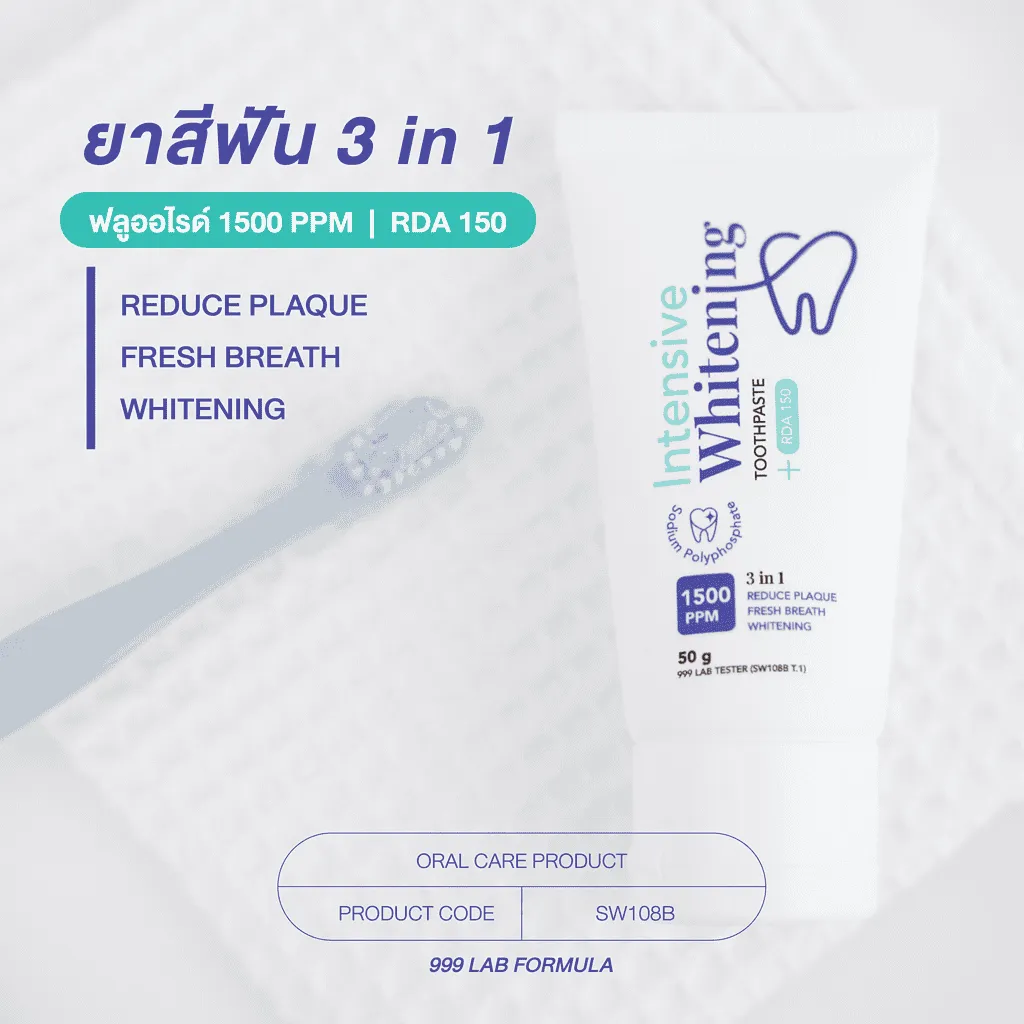
Brushing your teeth twice daily with whitening toothpaste is essential for removing surface stains and promoting a brighter smile. Brush for two minutes each time, using a soft-bristled toothbrush and gentle, circular motions. Ensure you cover all surfaces of your teeth. Flossing once a day is equally important, as it removes plaque and food particles from between your teeth, where your toothbrush can’t reach. Flossing also helps prevent gum disease. Proper brushing and flossing not only enhance the effectiveness of your whitening toothpaste but also contribute to better overall oral health. A consistent routine is the key to success.
Pairing With Other Dental Products
To maximize the benefits of whitening toothpaste, consider pairing it with other dental products. Using an antimicrobial mouthwash after brushing can help reduce bacteria. Bacteria contributes to staining and bad breath. Using a fluoride mouthwash can also provide extra protection against cavities. If you have sensitive teeth, a desensitizing toothpaste can help to reduce discomfort. Interdental brushes or floss picks can assist in cleaning hard-to-reach areas. Regular dental check-ups and professional cleanings are crucial. They remove stubborn stains and plaque, allowing your whitening toothpaste to work more effectively. Consult with your dentist for personalized recommendations.
Avoiding Common Mistakes
To get the most from your whitening toothpaste, avoid common mistakes. One common error is over-brushing. Excessive brushing and applying too much pressure can damage your enamel and lead to sensitivity. Use a soft-bristled toothbrush and brush gently. Another mistake is expecting immediate results. Whitening toothpaste typically provides gradual results. It requires consistent use over several weeks to achieve noticeable whitening. Avoid using excessive amounts of toothpaste. Use a pea-sized amount. Failing to floss regularly can also hinder your progress. Make sure you floss once per day. Finally, neglecting regular dental check-ups can prevent you from addressing underlying issues. Professional cleanings are important. They allow your whitening toothpaste to work more efficiently.
Potential Side Effects and Considerations
While whitening toothpaste can improve your smile, it’s important to be aware of potential side effects. Some individuals may experience tooth sensitivity or gum irritation. It’s important to follow the instructions provided with your toothpaste. Also, if you experience any adverse effects, consult your dentist. Understanding these considerations will help you use whitening toothpaste safely and effectively. It’s important to be aware of potential downsides before using any product. This ensures a positive outcome.
Sensitivity
Tooth sensitivity is a common side effect of using whitening toothpaste. This occurs because the active ingredients, such as hydrogen peroxide, can temporarily weaken the enamel. As a result, the nerves in your teeth become more sensitive. If you experience sensitivity, consider using a toothpaste formulated for sensitive teeth. This toothpaste contains ingredients that block pain signals to the nerves. Avoid brushing too aggressively. Use gentle motions and a soft-bristled toothbrush. It may also be helpful to reduce the frequency of whitening treatments or alternate with a regular toothpaste. If sensitivity persists, consult your dentist. They can offer solutions and rule out other underlying issues.
Proper Usage Guidelines
To minimize side effects and maximize the benefits of whitening toothpaste, follow the manufacturer’s instructions. Use the recommended amount of toothpaste, typically a pea-sized amount. Brush your teeth for the recommended duration, usually two minutes, and ensure you cover all surfaces. Avoid swallowing the toothpaste, and rinse your mouth thoroughly after brushing. If you experience any adverse effects, discontinue use and consult your dentist. Avoid using whitening toothpaste excessively. Doing so can lead to enamel damage and increased sensitivity. It is also best to avoid using whitening toothpaste on children. Consult a dental professional for guidance.
